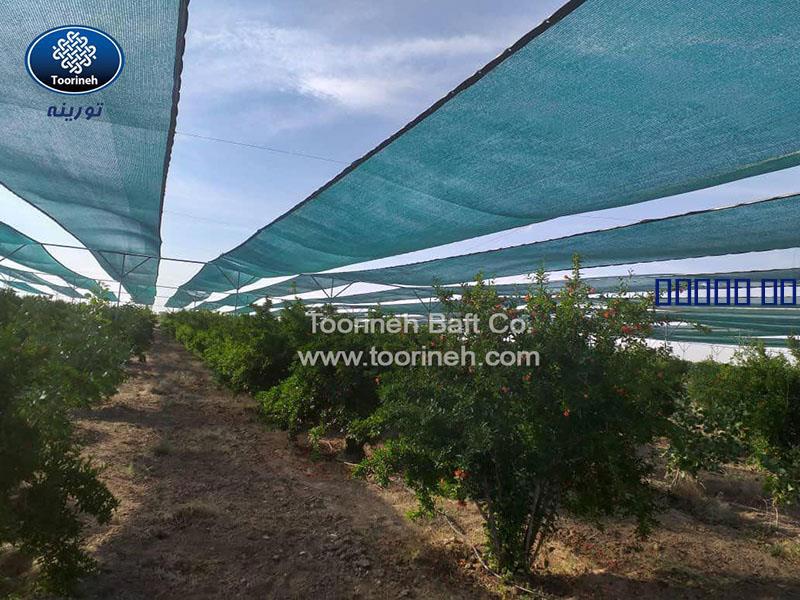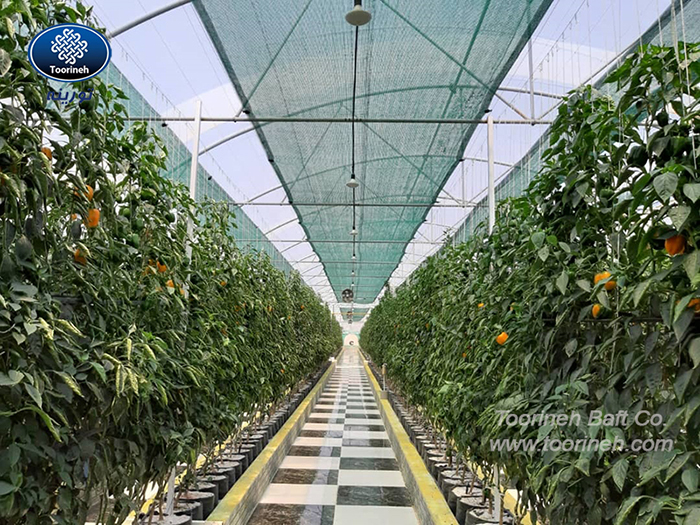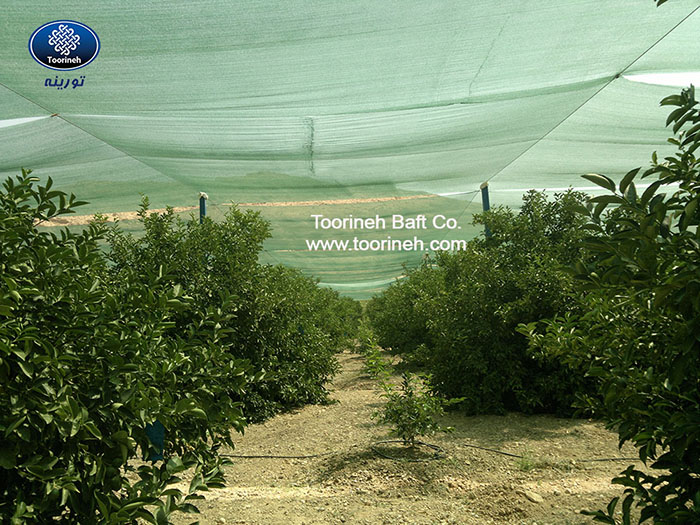
A general guide for using shade net in gardens
Protecting garden during the growing season in hot and unfavorable weather conditions can be a challenge. Many gardeners use shade net to overcome this problem. Stabilizing and sunlight-resistant additives are utilized in the manufacture and knitting shade nets. In recent years, these protective nets are increasingly popular among gardeners and farmers. This popularity is due to the long durability of these nets over the years, which can cause more crops to be harvested and also prevent sunburn. Shade nets include a wide range of colors, densities and textures that can fully satisfy the needs of gardeners. Shade netting is considered an investment due to reduce in irrigation and energy costs, preventing sunburn in garden and also improving crops.
How to use shade net in the garden?
Plants need sunlight to grow and bloom, but different plants need different amounts of light and heat. Shading nets protect the plants from the summer heat and allows the gardener to adjust the amount of light penetration in each plant. Now, in which part of the garden and how can you use the shade net?
- Shade netting can be done on a structure (such as greenhouse plastic film).
- These nets can be used on the transparent greenhouse plastics. (For plants that need heat but are sensitive to sunlight).
- If trees have stiff branches, shade nets can be installed on the tree simply.
- On the ground (prevention of grass growth).
- In general, you can install utilize shade netting net on any equipment which is available.

Shade nets are manufactured in a various types and UV resistance range and they are available in the market from 30 to 90 percent density.
How to choose the appropriate shade net for garden?
Shade net should be selected depending on the plant species and climatic conditions. It is recommended that to get accurate advice before purchase.
What is shade factor percentage?
The amount of sunlight blocked by shade net is called shade factor percentage. It is recommended to use the Knitted Shade Net types to provide you with a variety of density to choose from.
Shade net 30% up to 60%: Ideal for vegetables, fruit trees and also for some greenhouses. It is also worth noting that the shade net also protects the vegetables and fruit trees from bird damage.
Shade net 80%: Generally, it is utilized for green houses.
Shade net 90%: Ideal as a coating on the ground to prevent weed growth in garden.
What is the best color for shade net?
Color of the shade net is determined according the plant species. For example, green shade net is used for plants such as: tomatoes and lettuce and white shade net for peaches, apples and figs.
What percentage of shade factor should be used for garden?
Depending on the purpose of using a shade cloth, you can choose lower density shading net for plant growth and higher density ones for areas that require more shade. High density shade nets are very useful for greenhouses.

Source: https://www.greataussiepatios.com
عدد الزيارات: 2583



